Crookneck Squash
What is crookneck squash
Crookneck squash or yellow crookneck squash, a popular cultivar of Cucurbita pepo, is a summer squash mainly found in North America. Rich in minerals and vitamins, the fruit is often eaten raw and makes a healthy addition to various cuisines as well. Pennsylvania Dutch crookneck squash, also known as brown-neck squash or long-neck pumpkin, is one of its varieties grown as a winter squash in South America.
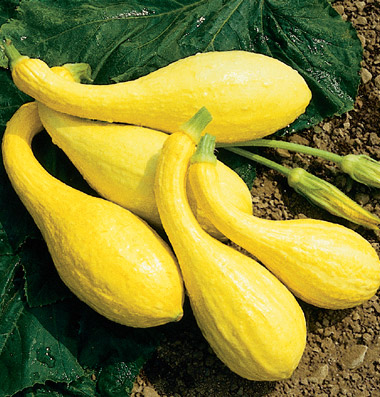
Crookneck Squash
Table Of Content
Description
Crookneck squash is round at the bottom with a slim, curved neck, appearing like a swan. Measuring about 6 to 8 inches in length, the summer squash has a light yellow, smooth skin. The interior of the fruit has yellow, meaty flesh containing edible seeds. Similar to zucchini, it has a mild buttery flavor with a tinge of black pepper and nuts.
As they mature, they may turn orangish, developing bumps on the skin.
Nutritional facts
Given below is the nutritional value of 100g of raw crookneck squash.
| Nutrients | Amount (% DV) |
| Energy | 19 kcal |
| Carbohydrate | 4 g |
| Proteins | 1.01 g |
| Dietary fiber | 1 g |
| Sugars | 2.88 g |
| Fat | 0.27 g |
| Water | 94.28 g |
| Vitamins | |
| Vitamin B1 (Thiamine) | 0.051 mg |
| Vitamin B2 (Riboflavin) | 0.041 mg |
| Vitamin B3 (Niacin) | 0.448 mg |
| Vitamin B6 | 0.104 mg |
| Vitamin B9 (Folate) | 19 μg |
| Vitamin C | 19.3 mg |
| Vitamin K | 3.2 μg |
| Vitamin E | 0.13 mg |
| Vitamin A equiv. | 8 μg |
| Minerals | |
| Sodium | 2 mg |
| Magnesium | 20 mg |
| Potassium | 222 mg |
| Calcium | 21 mg |
| Iron | 0.44 mg |
| Zinc | 0.29 mg |
| Phosphorus | 32 mg |
Source: usda.gov
Heath benefits
Source of dietary fibers
A diet rich in dietary fibers can have positive effects on the digestive system, easing bowel movement, and improving appetite, apart from keeping the blood sugar levels in control. Being an excellent source of dietary fibers, having the squash regularly can, therefore, help in lowering the risk of constipation and diabetes.
Management of cholesterol
The liver utilizes cholesterol to produce bile acids that are stored in the gall bladder and secreted into the intestine for digesting fats. Having an essential role in regulating the cholesterol levels, the dietary fibers present in the squash bind to the bile acids and cholesterol in the intestine and eliminate them from the body. As a result, the liver utilizes more cholesterol to release bile acids, thereby minimizing the LDL levels, and reducing the risk of atherosclerosis. Also, its vitamin C and vitamin A protects the arteries from damage that occurs due to the accumulation of LDL, lowering the chances of heart problems.
Good source of vitamin B6
As yellow crookneck squash contains vitamin B6, it promotes metabolism of carbohydrates, lipids, glycogen, and proteins, providing energy.
Effects on the heart
According to several research studies, regular intake of folic acid and vitamin B6 can minimize the risk of heart attack and other cardiac ailments by regulating the levels of homocysteine in the blood. Apart from being a good source of these nutrients, it contains magnesium that also aids in protecting the heart.
For cancer
Acting as antioxidants, its vitamin A, C, and folic acid, help in lowering the oxidative stress by fighting against the free radicals to prevent cancer. Based on some studies, the squash has also been found to be beneficial for cutting the risk of colon cancer due to its dietary fibers that eliminate the cancer-causing toxins by regulating bowel movements.
Blood pressure control
Some studies have shown that a diet rich in potassium can decrease the blood pressure levels by eliminating sodium chloride from the body and improving blood flow. As the fruit contains 32 mg of the mineral in addition to having magnesium, it may be beneficial for regulation of blood pressure.
Anti-inflammatory properties
Including the fruit in your regular diet can aid in managing common inflammatory conditions such as rheumatoid arthritis, asthma, and osteoarthritis, owing to its vitamin A and vitamin C content.
Edible uses
- They are eaten raw, with or without the edible outer skin. Sliced squashes make a good addition to fruit salads.
- The fruits are cut into thin strips to be used in place of noodles to prepare tasty pasta.
- It is often cut in half and stuffed with cheese, starch, or meat.
- Grated squash makes a delicious addition to fritters, pancakes, and quick bread.
- Pureed or stewed yellow crookneck squashes are used in soups.
- Due to its mild peppery flavor, it is used for preparing various side dishes with shelling beans, eggs, garlic, toasted nuts, tomatoes, corn, and eggplants.
- It is cut into thin slices and added in the layers of lasagna, and ratatouille.
- Raw crookneck slices make a good addition to carpaccio.
How to cook the yellow crookneck squash
To bake:
- Preheat the oven at 425°F
- Brush the baking sheet slightly with olive oil or canola oil
- Slice off the neck of the fruit and cut it into half lengthwise. In a similar way, cut the squash into 1/4 to 1/2 inch slices and spread them in a single layer on the cooking sheet.
- Chop the onions thinly into wedges and sprinkle over the squash slices and bake for about 15 minutes till they start to turn brown. (The use of onion is optional)
- Scatter the fruit and onion chunks with salt and pepper, flip each of them over and continue the process for another 15 minutes until both sides become brown.
To roast, the squash and onion slices has to be arranged in a single layer on a baking sheet coated with olive oil. Now, cook at 400 degrees in the oven till they become soft and golden brown.
Recipes
- Grilled yellow squash with fresh dill vinaigrette and feta
- Crookneck squash chips
- Yellow crookneck squash casserole
- Sauteed crookneck squash with zucchini
- Crookneck squash and tomato slices
- Crookneck squash bisque
- Steamed yellow crookneck squash with Vidalia onions
- Chocolate chip crookneck squash cake
- Crookneck squash frittata
- 3-Cheese crookneck squash parmigiana
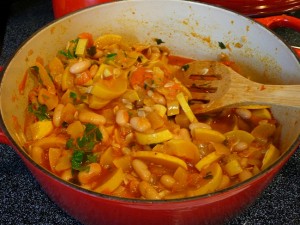
Crookneck Squash Recipe
Substitutes
Most of the other summer squashes, including zucchini (preferably the yellow variety), cucuzza, and pattypan squash, can be used as a substitute.
Can crookneck squash be bad for you
There are usually no side effects associated with its consumption. However, its overuse should be avoided.
Where to buy
Although yellow crookneck squash can be found in supermarkets or fruit-selling grocery stores all through the year, you are more likely to find them fresh during the late spring and summer. At the time of purchase, select glossy and firm squashes that are no more than 8 inches long, and 2 inches broad. Avoid the large, matured ones as they are generally rigid and bitter.
How to store
The unwashed yellow summer squash should be kept in a plastic bag and stored in the refrigerator with a high humidity setting, with its shelf life being about a week.
Interesting facts
- According to Thomas Jefferson’s Garden book, crookneck squash was kept as an heirloom fruit for almost 100 years by the Cooper family in New Jersey and the seeds were given to Timothy Matlock, who in turn passed them to Thomas Jefferson in 1807.
- The summer squash made its appearance in Europe only after the 19th century, like the other varieties of squash.
- It is one such summer squash that can be dried to a hard gourd-like stage when left on the vine.
References:
https://fdc.nal.usda.gov/fdc-app.html#/food-details/168464/nutrients
http://allrecipes.com/recipe/64839/crookneck-squash-and-tomatoes/
http://www.foodnetwork.com/recipes/alton-brown/crookneck-squash-frittata-recipe.html
- by Madhulima Acharya
- March 8th 2016

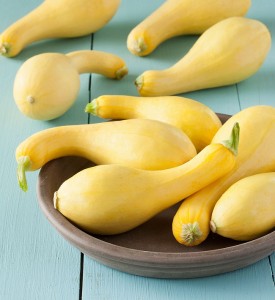
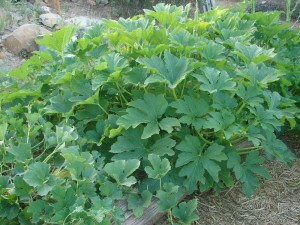
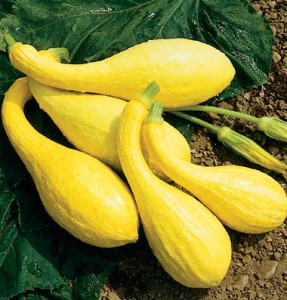
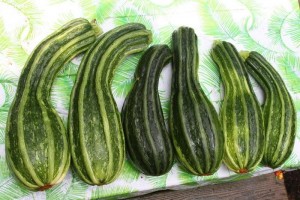
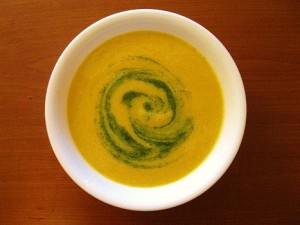
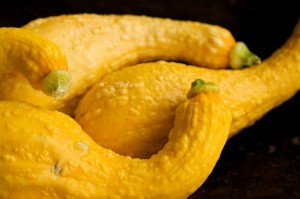
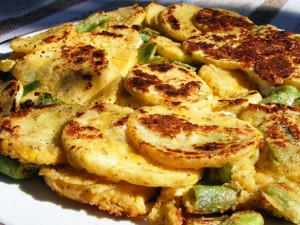
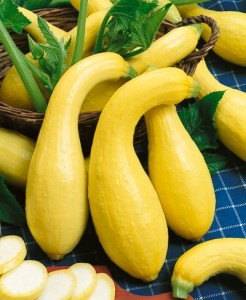
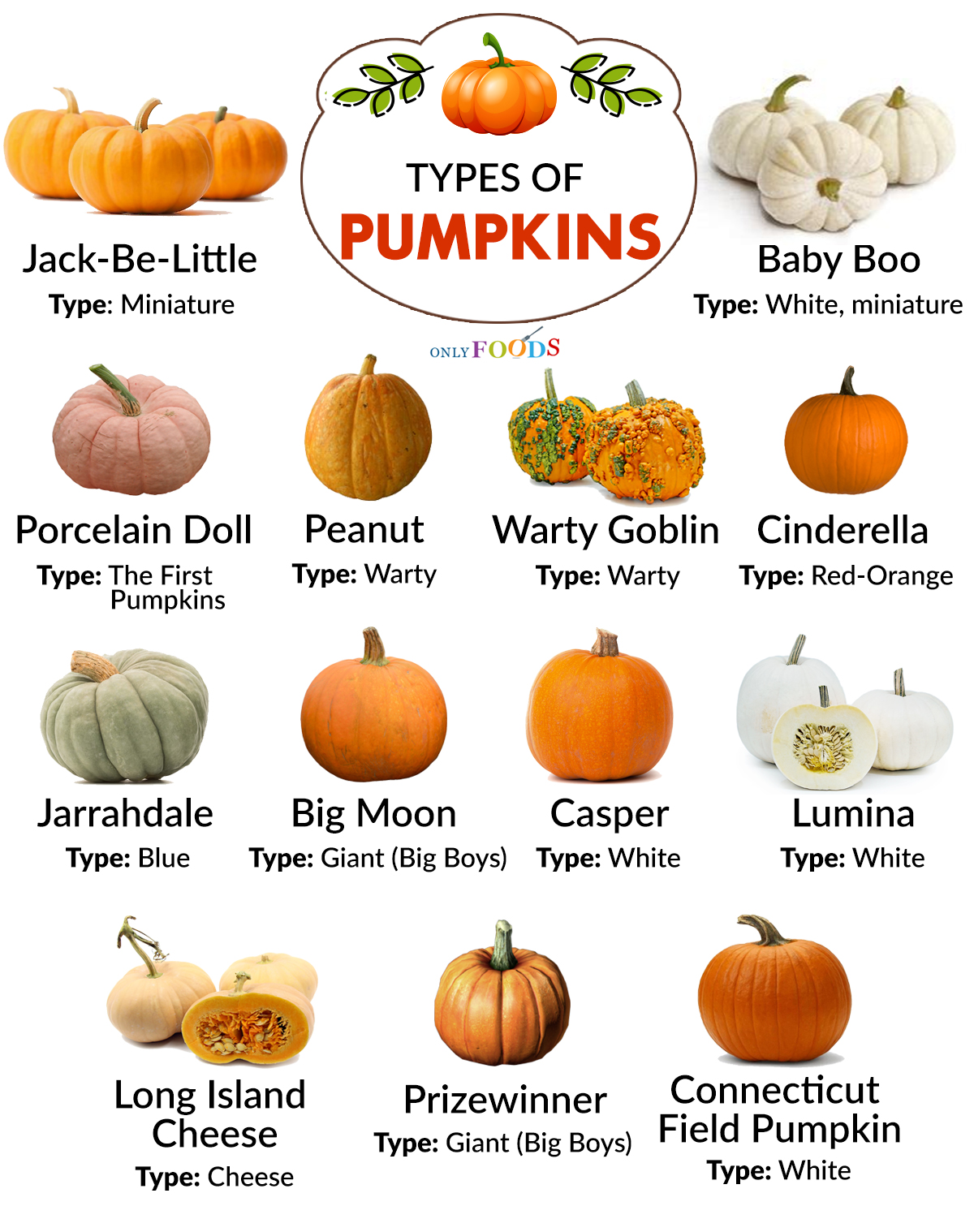
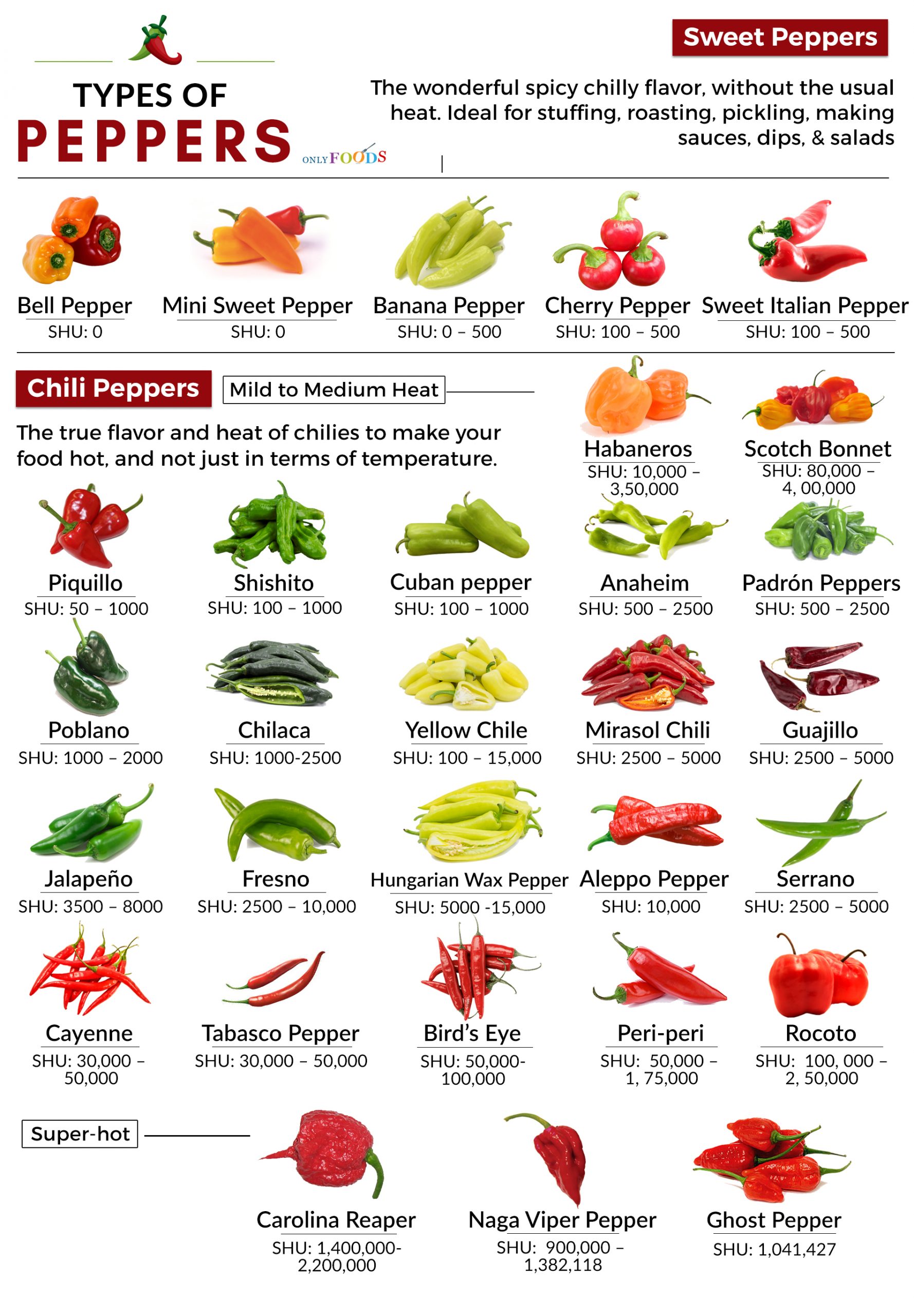
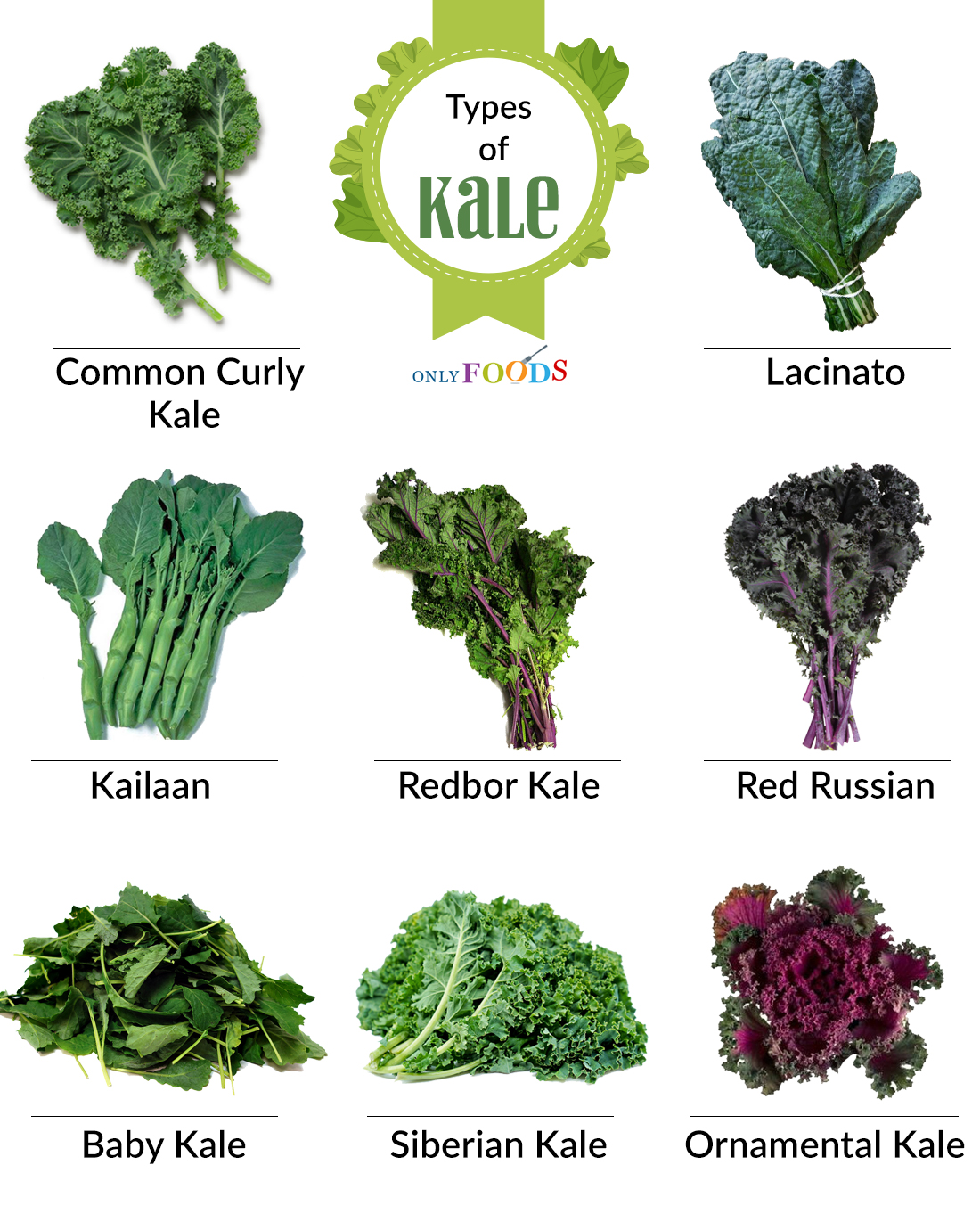
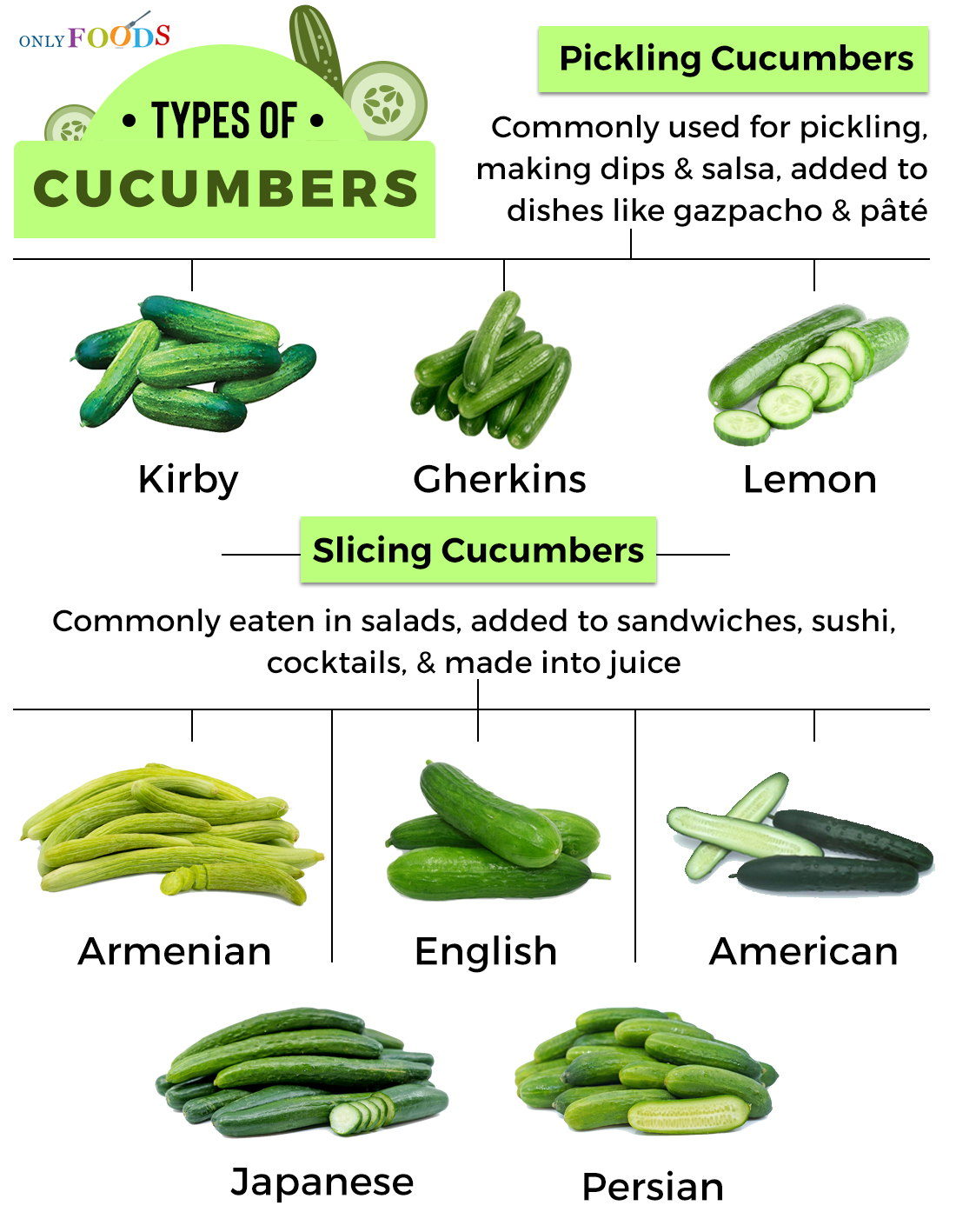















Leave a Reply